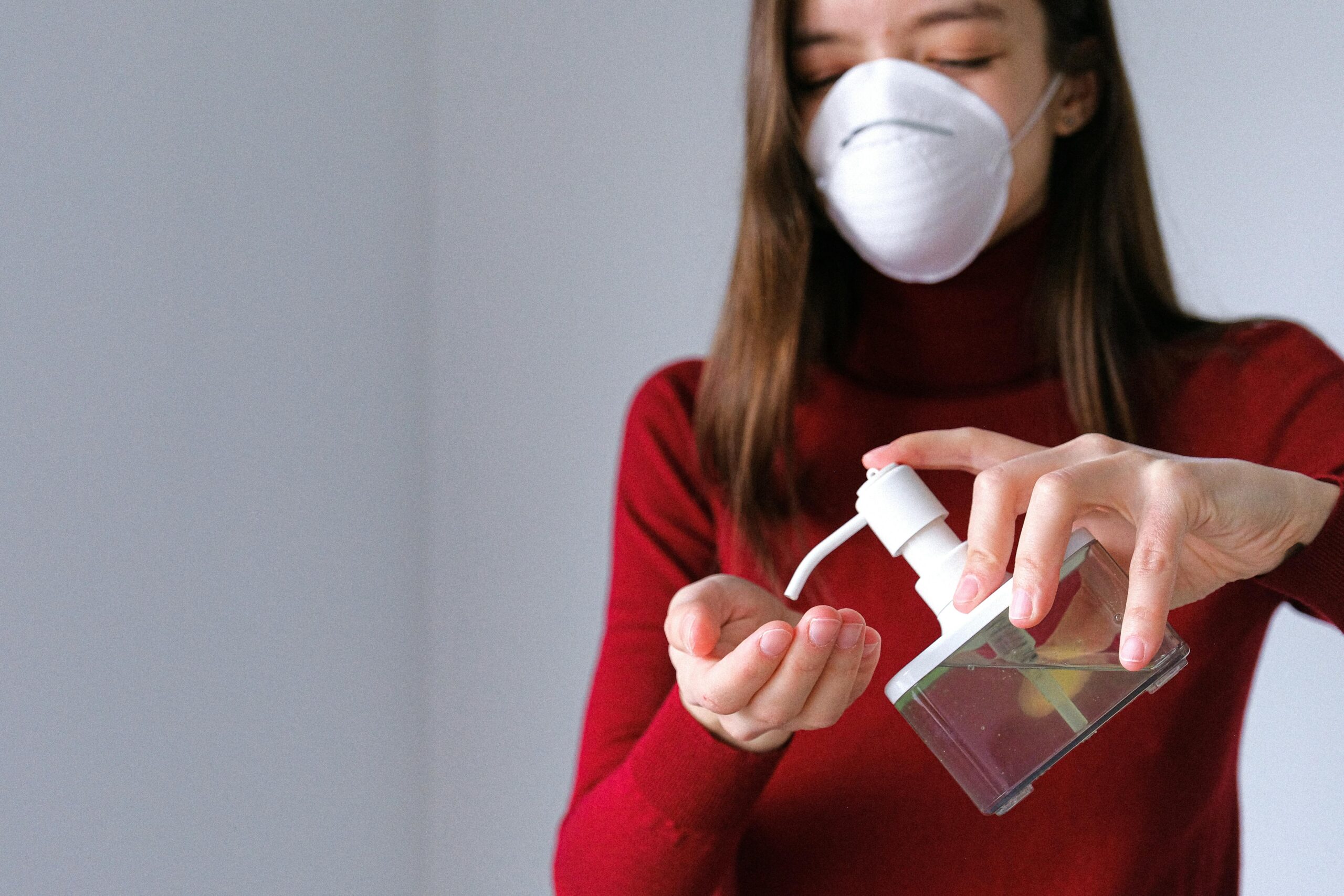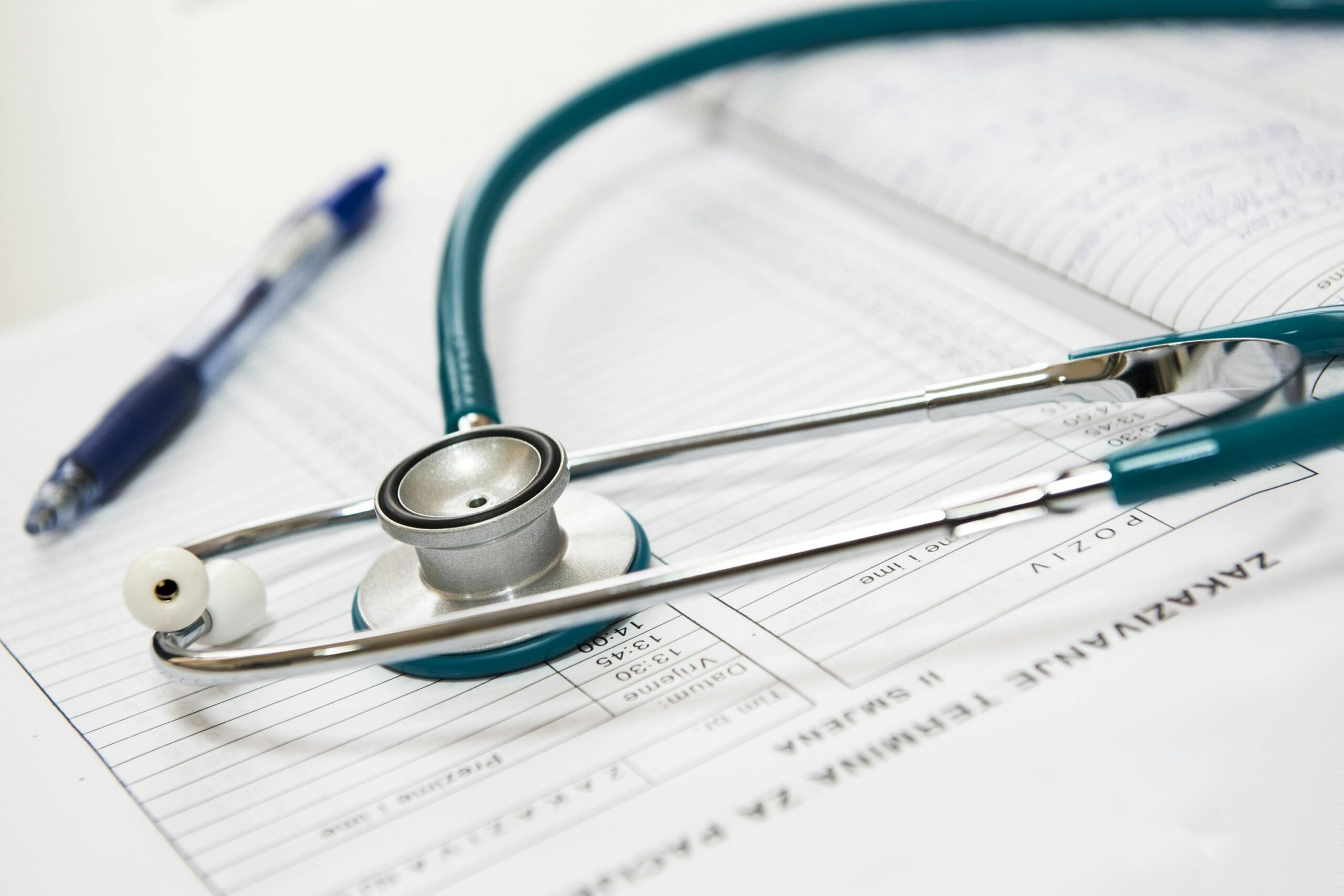Effective Strategies to Control High Blood Pressure
High blood pressure, or hypertension, affects millions worldwide and is a significant risk factor for heart disease, stroke, and kidney failure. Fortunately, many people can control their blood pressure through lifestyle changes, dietary modifications, exercise, stress management, and natural remedies.
Understanding High Blood Pressure
Hypertension occurs when the force of blood pushing against arterial walls is consistently too high. Common causes include unhealthy diets high in sodium, sedentary lifestyles, excess body weight, stress, genetics, and chronic conditions like diabetes.
Uncontrolled hypertension can damage blood vessels and vital organs. Recognizing the importance of maintaining healthy blood pressure is the first step towards prevention and management.
Adopt a Healthy Diet
Balanced nutrition plays a central role in controlling hypertension.
- The DASH Diet: The Dietary Approaches to Stop Hypertension (DASH) diet is scientifically proven to lower blood pressure. It emphasizes fruits, vegetables, whole grains, lean proteins, and low-fat dairy, while limiting salt, saturated fats, and refined sugars.
- Increase Potassium Intake: Potassium-rich foods such as bananas, avocados, oranges, spinach, and sweet potatoes help reduce the effects of sodium and relax blood vessel walls.
- Reduce Sodium: High salt intake raises blood pressure. Limiting processed meats, canned foods, salty snacks, and fast foods is vital. The recommended maximum sodium intake for most adults is 1,500 mg per day, but individual needs may vary.
- Whole Grains & Fiber: Oats, brown rice, whole wheat bread, legumes, beans, and lentils provide fiber essential to lower blood pressure.
- Include Healthy Fats: Olive oil, nuts, seeds, and fatty fish such as salmon and tuna deliver omega-3 fatty acids, which reduce plaque buildup and improve arterial health.
Foods That Help
Maintain a Healthy Weight
Excess body weight increases the strain on the heart, contributing to hypertension. Losing even a few kilograms can significantly lower blood pressure.
- Body Mass Index (BMI): Use online calculators to determine ideal body weight and BMI.
- Set Realistic Goals: Gradual, sustained weight loss through dietary improvements and regular exercise is effective and sustainable.
- Track Progress: Monitor weight regularly and celebrate success as blood pressure drops.
Regular Physical Activity
Exercise strengthens the heart, reduces blood vessel stiffness, and helps maintain healthy weight. Consistency is key.
- Aerobic Exercise: Walking, jogging, swimming, cycling, and dancing help lower blood pressure 5–8 mm Hg.
- Strength Training: Include at least two days per week of resistance exercises such as squats, planks, bridges, and weightlifting.
- Isometric Exercises: Holding positions like planks and squats without movement (isometric training) has proven exceptionally effective for lowering hypertension.
Sample Exercise Plan:
- Aim for at least 150 minutes of moderate aerobic activity per week (e.g., 30 minutes/day, five days/week).
- Break sessions into three 10-minute walks daily if time is limited.
- Incorporate flexibility and balance exercises such as yoga or stretching.
Manage Stress
Chronic stress affects heart rate and blood pressure. Employing stress management techniques can make a significant difference.
- Deep Breathing: Practice slow, deep breathing for 5–7 breaths per minute to induce relaxation and lower blood pressure.
- Meditation and Mindfulness: Meditation programs, such as Transcendental Meditation, and mindfulness exercises can produce noticeable drops in hypertension.
- Yoga and Music Therapy: Movement-based relaxation, music, and gratitude practices help calm the mind and reduce stress hormones.
- Stay Connected: Engage with friends, family, or support groups to build emotional resilience.
Practical Tips:
- Allocate a few minutes daily for breathing or mindfulness meditation.
- Use guided relaxation audio or smartphone apps for assistance.
- Schedule regular walks or activities in nature to enhance well-being.
Natural Remedies and Herbs
Several herbs and plant-based supplements offer natural support for healthy blood pressure.
- Garlic: Rich in allicin, garlic relaxes blood vessels and improves circulation. Multiple studies show significant BP reduction similar to medication.
- Ginger & Basil: Both exhibit anti-inflammatory and hypotensive effects, according to research involving animals and humans.
- Chinese Cat’s Claw: Traditionally used in Chinese medicine to stimulate nitric oxide production and relax blood vessels.
- Additional Herbs: Black cumin, coriander, ginseng, onion, and sesame have shown promise in various studies.
Important Note: Always discuss supplements or new herbs with a healthcare professional to avoid interactions.
Quit Smoking and Limit Alcohol
- Tobacco: Smoking damages blood vessels and accelerates atherosclerosis (hardening of arteries).
- Alcohol: Limit intake to no more than one drink per day for women, two for men. Excess alcohol can significantly raise blood pressure.
- Seek Help: Use cessation resources, apps, or support groups to quit smoking and moderate alcohol successfully.
Good Sleep Habits
Sleep is closely linked to cardiovascular health.
- Aim for 7–9 Hours: Adults need sufficient sleep for heart function. Poor sleep can raise hypertension risk.
- Consistent Schedule: Go to bed and wake up at the same time each day, including weekends.
- Sleep Hygiene: Avoid caffeine late in the day, keep devices away during bedtime, and create a comfortable sleep environment.
Monitor Blood Pressure Regularly
Regular monitoring is essential for managing hypertension.
- Home BP Monitors: Use an automatic blood pressure machine to track readings and share with healthcare providers.
- Record Keeping: Note readings, lifestyle changes, and any symptoms. This helps assess progress and guide treatment.
Work with Healthcare Professionals
Hypertension management may require professional guidance.
- Care Plan: Discuss treatment options, goals, and lifestyle adjustments with a healthcare provider.
- Medication Guidance: If lifestyle efforts are insufficient, targeted medication may be necessary. Follow prescribed regimens and communicate openly.
Long-Term Maintenance and Motivation
Small, consistent steps foster permanent health benefits.
- Set Achievable Goals: Break down goals into weekly or monthly tasks (e.g., reduce salt one week, add a daily walk the next).
- Track Progress: Celebrate milestones such as weight loss, improved energy, or lower BP readings.
- Stay Educated: Read about new strategies, join heart health communities, and adapt based on current science.
Conclusion
Controlling high blood pressure is possible for most people by adopting a heart-healthy diet, regular exercise, stress management techniques, natural remedies, and collaborating with healthcare teams. Making these changes not only lowers blood pressure but also reduces risks of complications, improves overall health, and enhances quality of life.
Start today with small, sustainable actions—like walking, preparing a DASH-style meal, or taking time to breathe deeply—and contribute to a healthier future free of hypertension.



